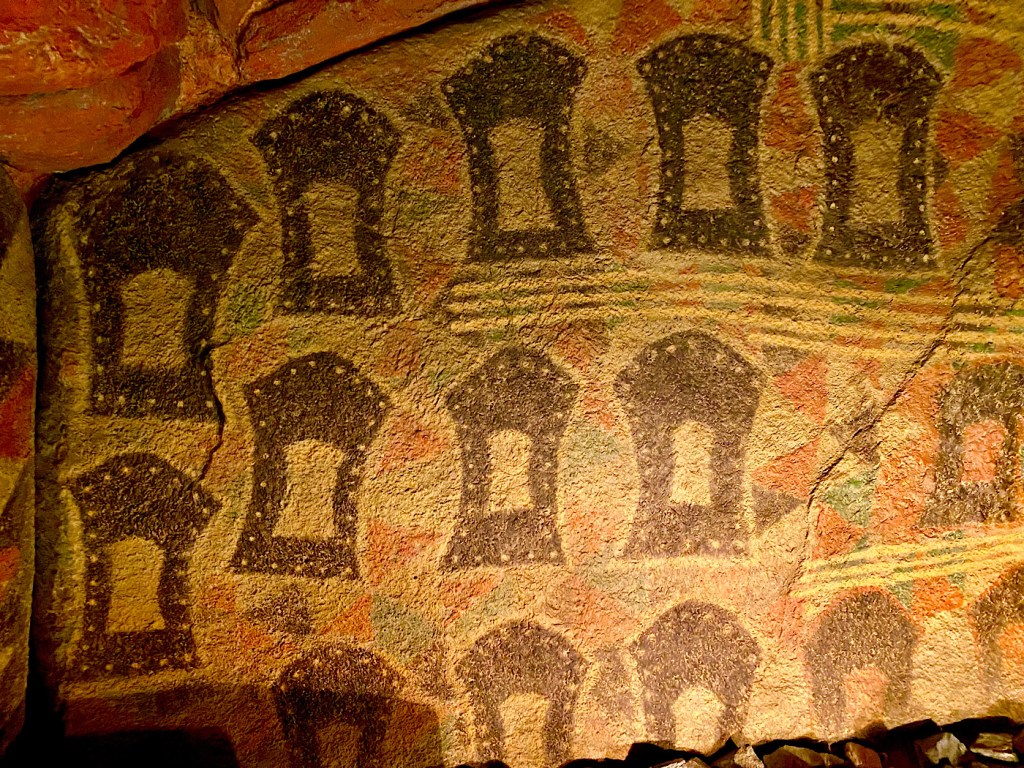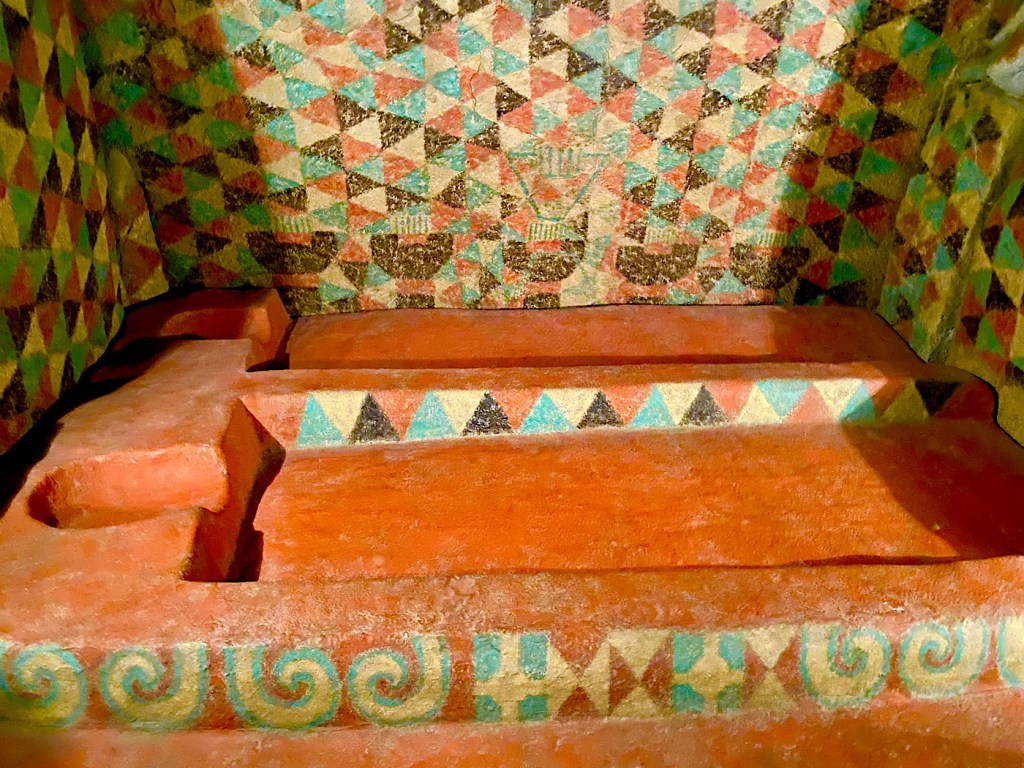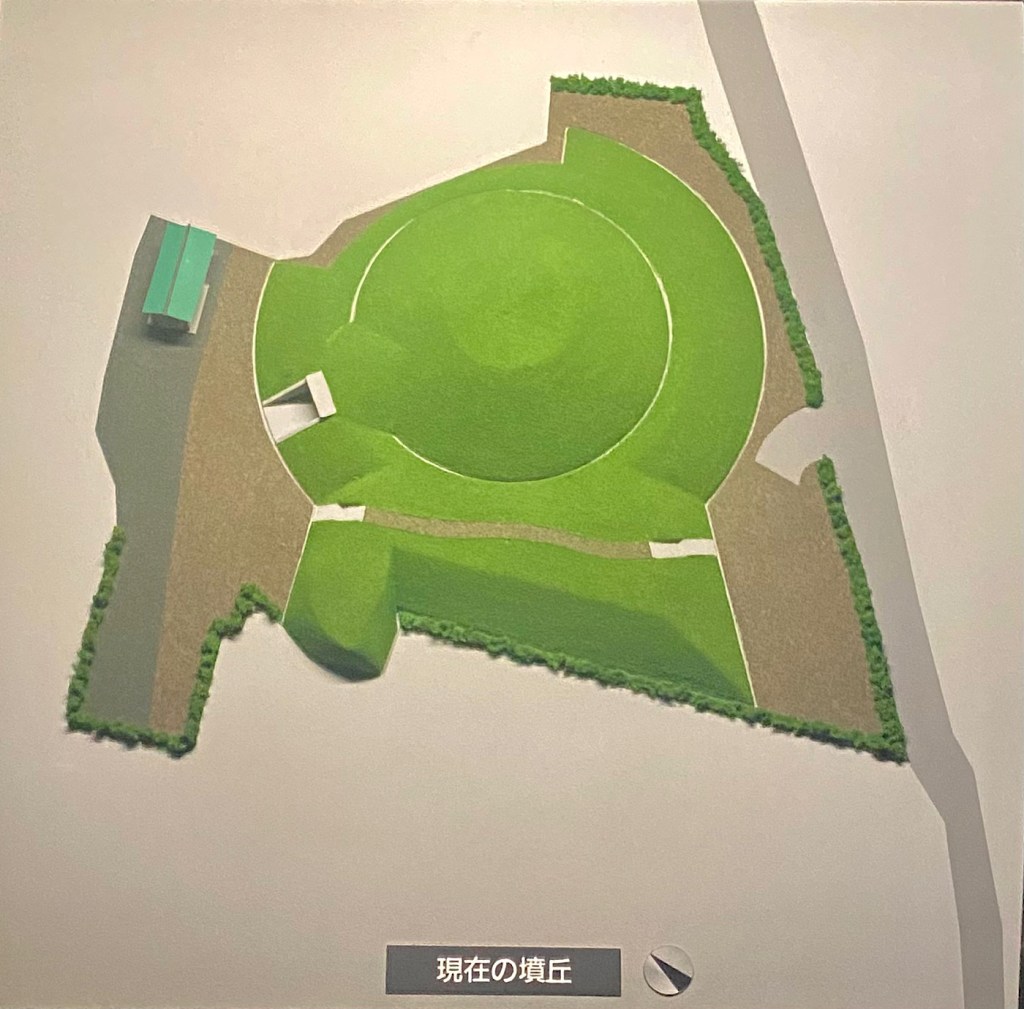The Ozuka Kofun in Keisen, And Learning To Live With The Questions, Kyushu 108 Temple Pilgrimage, Japan
























The Ozuka Kofun in Keisen, And Learning To Live With The Questions, Kyushu 108 Temple Pilgrimage, Japan
In the town of Keisen, south of Lizuka and about halfway between Lizuka and Sasaguri in Kyushu, there is one of the rare painted Kofun Mounds in Japan.
They call them Kofun tombs, although no remains of any bodies have ever been found inside this Kofun, and some others around Japan also had no remains of bodies - No bones, no hair, no fossils nor fragments of garments.
The Kofun mounds date back to the 3rd century– 5th century, although they could be older.
Kofun mounds are also found in Korea and in Western China, and Jules and I visited some of them in both places and were amazed at their beauty.
But the majority of the Kofun mounds are found in Japan.
There are 161,560 Kofun mounds of different sizes that have been recorded in Japan.
Many of them are in the shape of a keyhole, and some stretch over many acres of land, so you can see the keyhole shape only from above in an aerial view.
This raises the question, why would an ancient culture that had only basic tools, create these massive keyhole shaped mounds that can only be seen from the air, when they never developed the means to fly…
Japanese archaeologists believe that the keyhole-shaped Kofuns are large burial mounds that were built for nobles, warriors, and other elite members of the Kofun society.
These Kofun mounds were usually surrounded by moats.
Their size reflected the status of the person within.
The larger the Kofun, the more important and powerful the person buried inside it was.
Kofuns range from several metres in size to over 400 meters (1200 feet) long, with the largest, the Daisen Kofun located in Sakai City, Osaka, attributed to Emperor Nintoku, who reigned from the year 313 to 399,.
When we saw that there were many Kofun mounds in the Lizuka area, we decided to visit.
In Lizuka there is a Kofun Park with a museum, but we chose to visit another site, south of the city in a town called Keisen, called the Ozuka Tumulus.
Usually, you cannot enter the Kofuns in Japan (unlike in Western China and Korea where we entered the original Kofuns).
The Ozuka Tumulus is one of the Kofuns that is decorated inside.
From outside, it looks just like a rounded hill covered in grass, like all small Kofuns.
But this one is special.
It is one of the Kofuns you can visit because a museum was created right on the site.
The humidity from visitors can damage the paint of the centuries old mounds, so they built an exact replica of the inner tomb for visitors, recreating the exact colors and shapes that are inside.
The mound has been closed to visitors since 1967 in order to protect it, and a conservation project began in 1987.
The mound was built in two levels with alternating layers of yellow and black soil, encircled by clay and covered with stones to prevent the soil from washing away.
Inside the mound, they found earthenware vessels, jewelry, mirrors, beads, bells, weapons, swords, arrowheads, armors, horse gear, saddles, and pottery, but no remains of any bodies.
After visiting the Kofun, I had more questions than answers.
How can they be burial mounds when no bodies were ever found inside them….
Maybe like the pyramids in Egypt, they have more ceremonial and spiritual purposes than just honoring the dead….
Why do they have a keyhole shape…
This question reminded me of an ancient belief, that when we are born into this world, we are given a set of keys, and it is up to us, to decide if we open the gates to Heaven or hell…
Since we are walking a Buddhist pilgrimage now, I think of these questions as Zen Koans.
A köan is a riddle, a question, a dialogue or a statement, that is used in Zen practice to provoke the "Great Doubt" and to help or test the students to overcome the boundaries of their logical minds.
It is only when we stop holding onto reality as being one sided, absolute and concrete, that we are able to allow multi dimensional reality to reveal itself to us.
Life happens on many levels, and many dimensions are unseen by our eyes and felt by our senses.
Koans don’t really explain things. Instead, they show you how to open a dimensional gate.
You walk through the gate, and you take a ride…
You just keep company with the Koan, and it draws your attention to something else that you wouldn’t have normally noticed.
For me, it helps me stop focusing on my bodily discomforts from the heat and from walking all day, and it helps me realize that we live in a wonderful world full of possibilities and miracles…
So much potential for healing and restoring our souls and bodies….
Sending you love and strength,
Tali